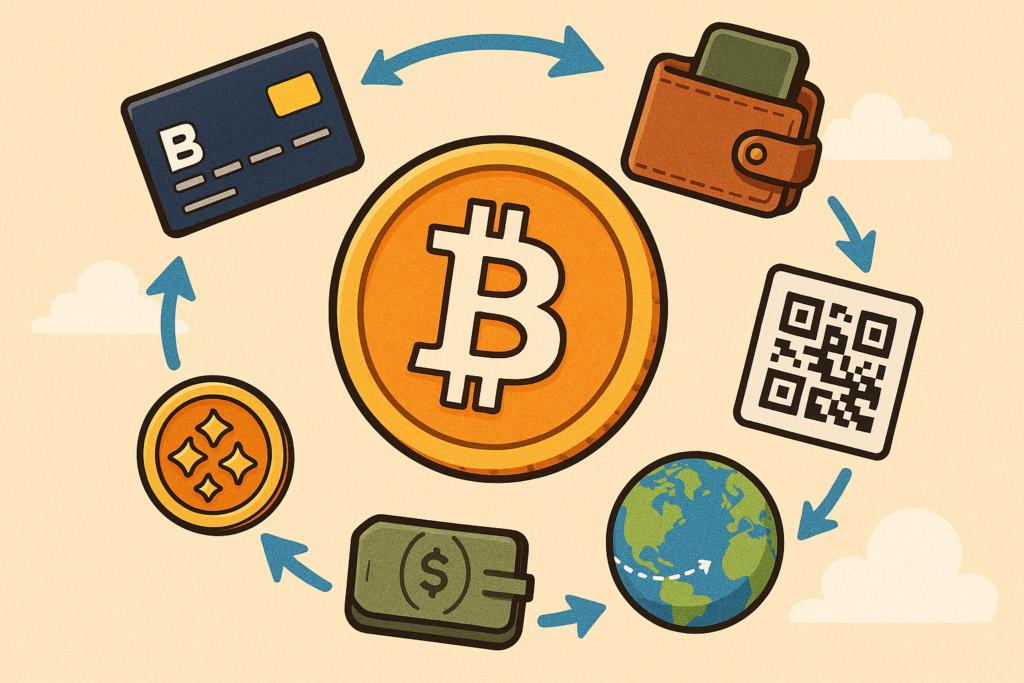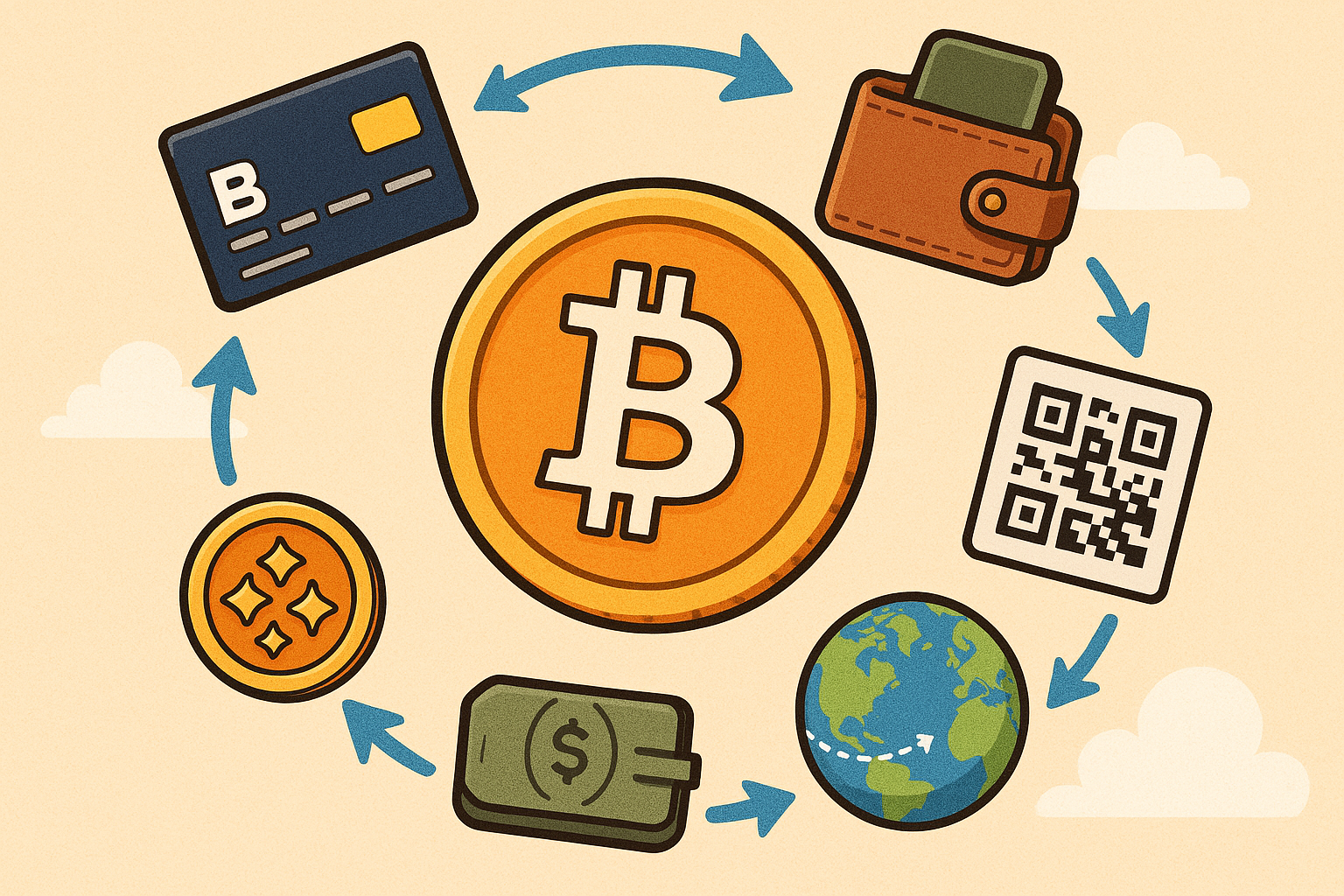
Over the past few years, I’ve spent a lot of time working in the payments space across Asia. One thing that consistently fascinates me is how consumer financing tools, especially instalments, have evolved — and how different models are starting to intersect. This piece is simply a reflection of what I’ve observed, what I think could be possible, and what I’m still trying to learn more about.
Cards vs BNPL: Same Need, Different Paths
Before BNPL became a buzzword, many of us were already familiar with card-based instalment plans. You’d swipe your card at an electronics store or during a holiday booking, and the bank would let you pay it off over 3, 6, or 12 months. These were real credit products — backed by regulated institutions with clear terms.
BNPL came in with a fresh approach — simpler UX, fast approvals, and merchant-led integrations. It made sense, especially for digitally native users and smaller ticket sizes. But as the BNPL model has grown, so have questions around credit risk, regulation, and sustainability.
From what I’ve seen, card-based instalments offer a more robust framework — one that’s credit-scored, pre-approved, and tied into a broader financial ecosystem. But they often fall short on ease of use and visibility at checkout. There’s a clear gap, and perhaps a huge opportunity, in marrying the reliability of cards with the simplicity of BNPL.
Why Cross-Border Instalments Matter
One area I believe is deeply under-explored is enabling card instalments for cross-border spend.
Intra-Asia travel is growing. Shoppers from Malaysia are buying in Japan, Indonesian tourists are visiting Singapore, and online platforms now cater to customers from multiple countries. And yet, if I use my local card overseas, there’s rarely an option to convert that transaction into an instalment. Why not?
If we can enable real-time, cross-border instalment options — say, a Thai cardholder buying a handbag in Seoul or booking a stay in Bali — we could unlock incremental business for both merchants and issuers. Consumers get flexibility and affordability. Merchants close more high-value purchases. And banks retain spend on their cards instead of losing it to local BNPL or deferred wallet payments.
The infrastructure exists. It’s just a matter of connecting the dots — acquirer readiness, issuer cooperation, and smart UX at checkout.
The Role of Wallets & Local Payment Schemes
Wallets and local A2A payment schemes (like UPI in India, DuitNow in Malaysia, QRIS in Indonesia) are becoming the default rails for everyday payments. They’re convenient, widely accepted, and increasingly trusted even for higher-value transactions.
This shift makes me wonder: can we bring the concept of instalments into these flows?
Many wallets already offer “Pay Later” features, but it’s usually in isolation. What if wallets could partner with banks or financing entities to offer instalment plans — backed by real credit limits, accessible at checkout, and even tied to dynamic offers?
For example, imagine booking a family vacation using your wallet, and being shown three instalment options — funded by your bank, or by the wallet itself if you’re eligible. It’s simple, integrated, and inclusive. We’d be meeting consumers where they already are.
Adding Loyalty to the Mix
Another angle I’ve been exploring is how loyalty can play a role in making instalments more attractive.
What if, instead of just offering “0% EMI,” we layered in accelerated rewards — 2x points for using instalments on a travel site, or a cashback voucher if you choose a 6-month plan at your favourite store?
This not only drives usage but also brings merchants into the equation. It becomes a value-added service, not just a financing tool. Loyalty, when linked smartly to instalments, can influence behaviour — and help both issuers and merchants deepen engagement.
Can Stablecoins Play a Role Too?
I’ve also been thinking about whether stablecoins — especially fiat-backed ones — could enable instalment flows, particularly in cross-border use cases. They’re fast, transparent, and increasingly being explored by wallets and fintechs across Asia. If regulated well, stablecoin-based instalments could simplify FX, reduce costs, and open up new credit rails that work across borders and ecosystems. I’m still learning here, but it’s definitely a space worth watching.
Making It Inclusive: A Broader Purpose
Perhaps the most important question I’ve been asking myself is — can instalment models be used to improve access for those who need it most?
There are still many in our societies who struggle to pay for essentials — education, healthcare, even energy bills — in one go. Instalments, if done responsibly, could make these expenses more manageable.
What if governments or public sector banks could partner with wallets or card networks to offer subsidized instalment schemes for select categories — with lower or no interest, for pre-qualified users?
It wouldn’t just be a product. It would be a policy tool. And it could genuinely help uplift the most vulnerable segments of our economies.
Conclude:
These thoughts are still evolving. I’m not claiming to have all the answers, but what I do know is this: the idea of instalments is being redefined in Asia.
It’s no longer about just cards or just BNPL. It’s about creating ecosystems where cards, wallets, QR payments, rewards, and even government programs can come together to offer smarter, fairer ways to pay.
I’m still learning — and always open to hearing from others who are thinking about these challenges too. If this resonates with you, let’s connect.
